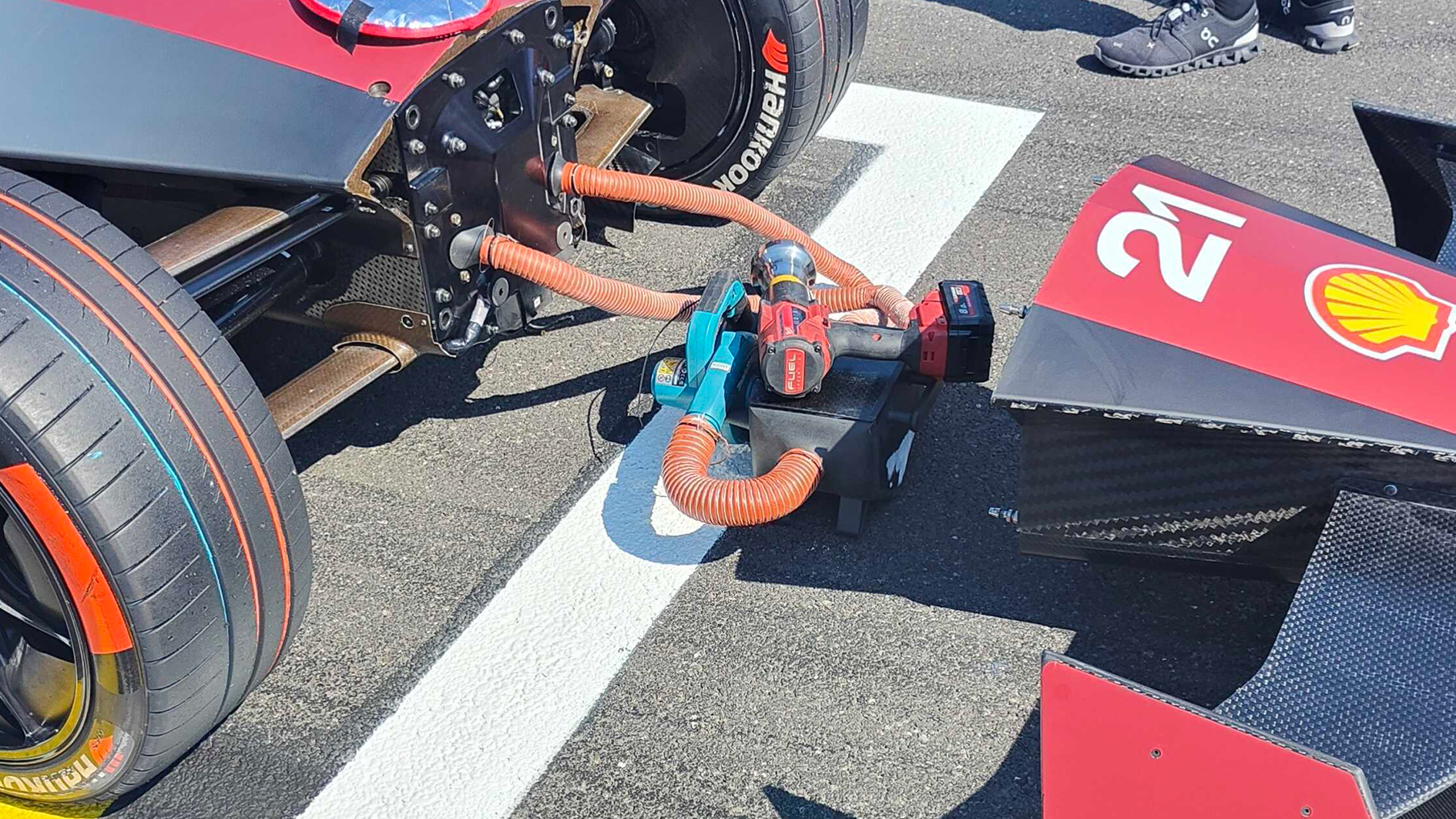

Formula E is the highest level of motorsport for electric vehicles, and it's great fun to watch, but it's also a championship that features some of the manufacturers of the best electric vehicles that you can buy and drive for yourself. So why are the likes of Jaguar, Porsche and Nissan competing?
Well, first of all, they love racing, but it's also a fantastic way to break new ground with consumer EVs. At the recent Italian E-Prix in Misano, I was lucky enough to speak to a man far smarter than me, Jaguar TCS Team Principal James Barclay about how the team and the series' innovation in elite sport is paving the way for everyday improvement.
"The best way to think about it is that the way the regulations are here in Formula E is to ensure the investment focuses on the areas most relevant for consumers on the road."
James explained that although elements like the chassis of Formula E cars are standardised across the grid, this is intentional so that the investment is instead spent on the 'manufacturer perimeter' – the parts that can differ by team and are directly relevant to road cars. Barclay explains that this includes "The electric motor, the inverter, the system software, all of the suspension, everything that drives the car forward and everything that charges the car. All of that learning is directly transferable."
Barclay was happy to provide specific examples too. One of the team's sponsors is WolfSpeed, experts in silicon carbide semiconductors. "In an automotive sense, it makes it more efficient when taking energy from the battery in the form of direct current and we take it to the inverter and invert it to alternating currents. Creating the ability to turn the motor and turn the wheels." When charging, the opposite happens in a process called 'switching'. This gives the car the ability to switch efficiently and quickly with minimal effort between power and efficiency. That technology first appeared in Formula E in 2017 and will be on all future JLR (Jaguar Land Rover) vehicles.
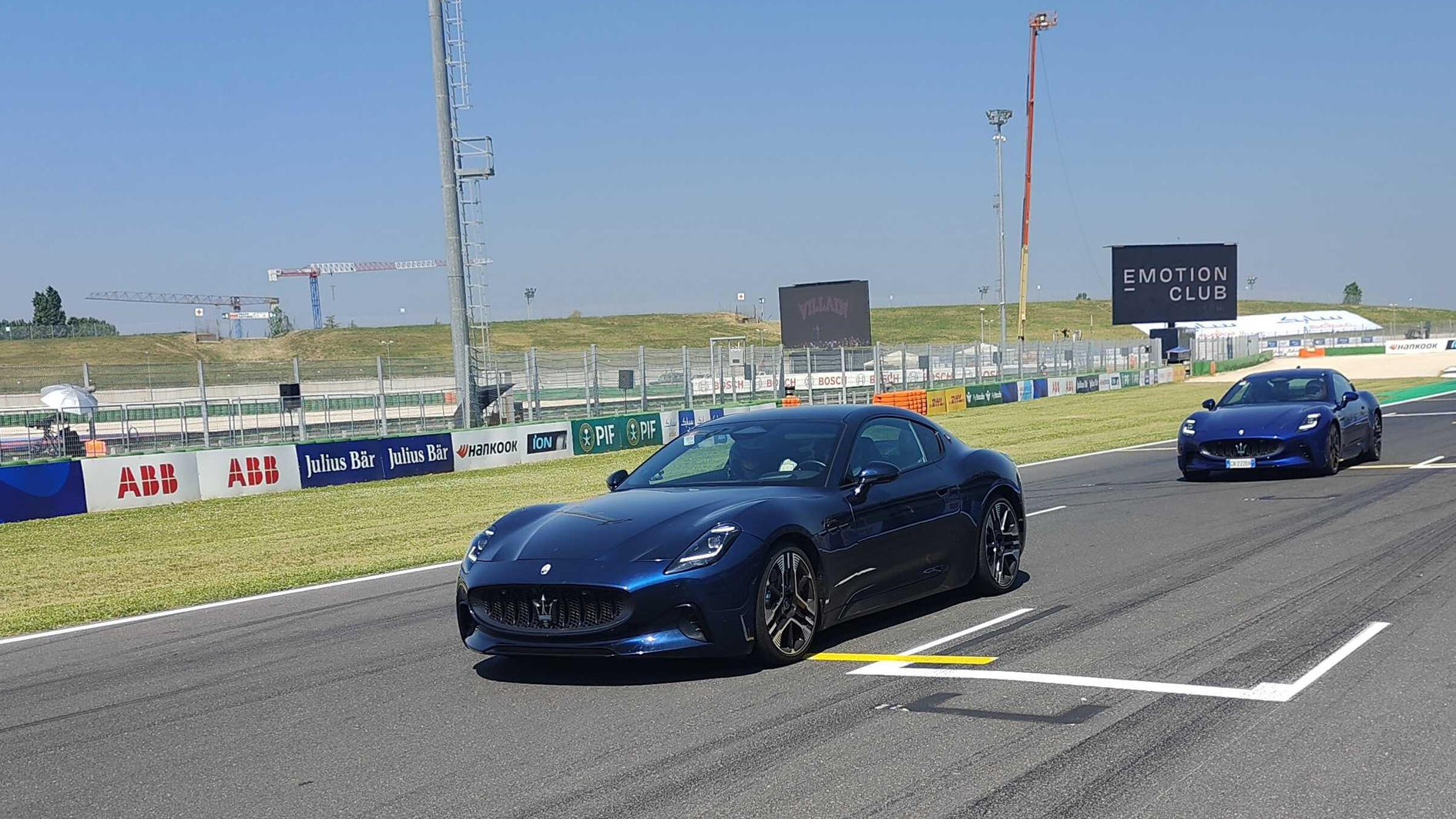
Of course, charging is another area people often cite as a reason not to go electric. Formula E cars currently use 160-kilowatt chargers, which is half some commercial fast chargers, but the cars themselves are capable of charging up to 600 Kilowatts.
Even more impressive, the current Gen3 car can regenerate up to 600 kilowatts under braking (up to 250kW from the front axle and 350kW from the rear). When breaking, the inverter turns the motor into a generator that returns energy to the battery. This is a feature of some of the best EVs already, but nothing like to this degree.
Sign up to the T3 newsletter for smarter living straight to your inbox
Get all the latest news, reviews, deals and buying guides on gorgeous tech, home and active products from the T3 experts
Speaking to James, one thing is clear, the more those in Formula E can push ahead and innovate, the more can come to us folk in the slow lane.
To be honest, I'm not sure electric cars need to get any faster. Riding in an electric Maserati Gran Turismo on a 'hot lap' around the track, I was thrown all around the cockpit (great fun) and did well to hold onto my lunch.

Andy was T3's Tech Staff Writer, covering all things technology, including his biggest passions such as gaming. If he had to save one possession from a fire it would be his PlayStation 5. He previously worked for Tom’s Guide – where he got paid to play with ChatGPT everyday. When it comes to streaming, Andy will have his headphones glued in whilst watching something that will make him laugh. He studied Creative Writing at university, but also enjoys supporting his favourite football team (Liverpool), watching F1, teaching himself guitar, and spending time with his dog.
-
 Hyundai goes after Renault 5 Turbo with wild Insteroid concept
Hyundai goes after Renault 5 Turbo with wild Insteroid conceptElectric cars are boring? Not on Hyundai’s watch, they aren’t
By Alistair Charlton Published
-
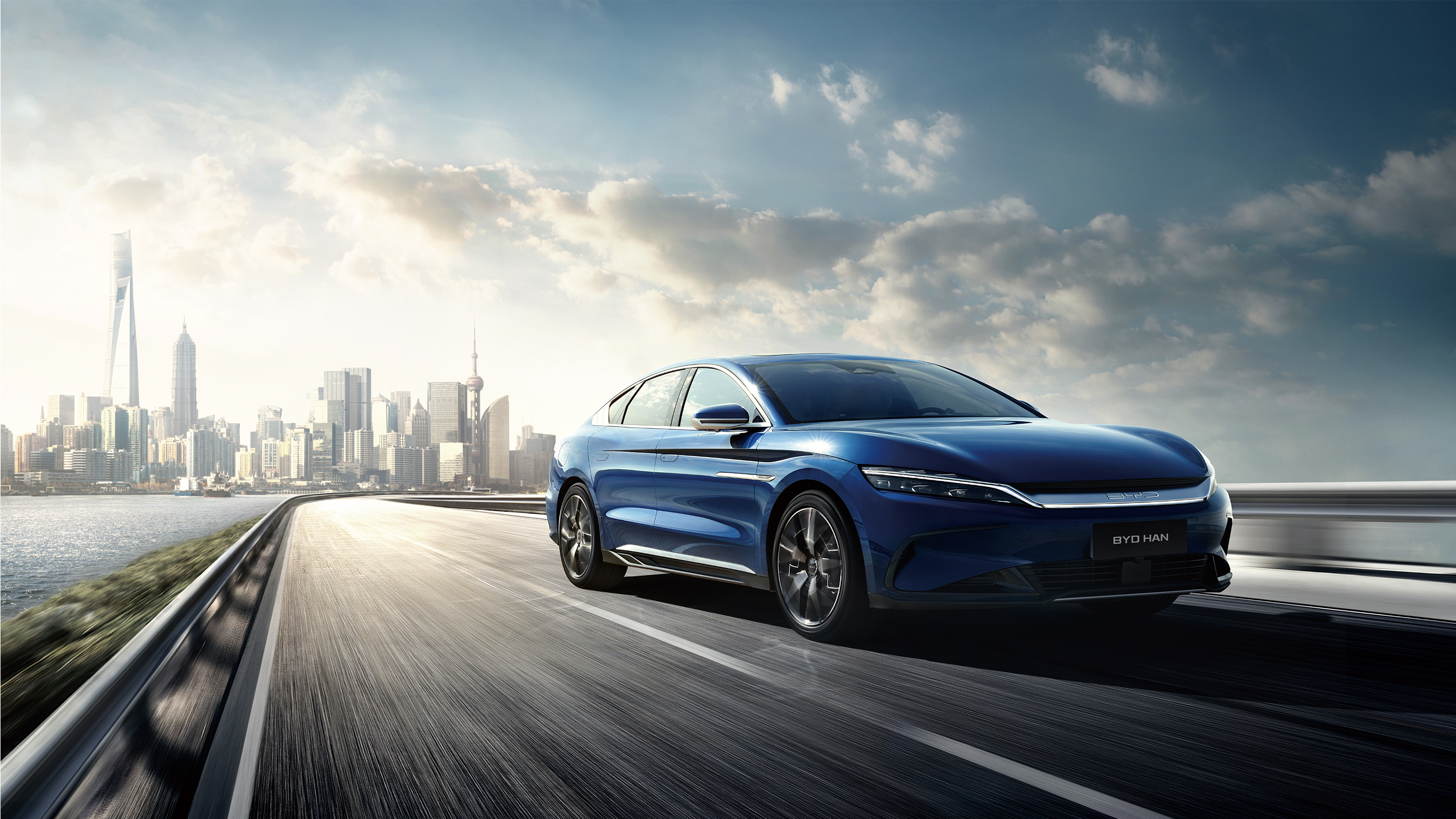 This new EV charger can charge as quickly as filling with petrol at the pump
This new EV charger can charge as quickly as filling with petrol at the pumpBYD's super e-Platform EV charger promises 1,000 kW charging at 1,000 volts
By Alistair Charlton Published
-
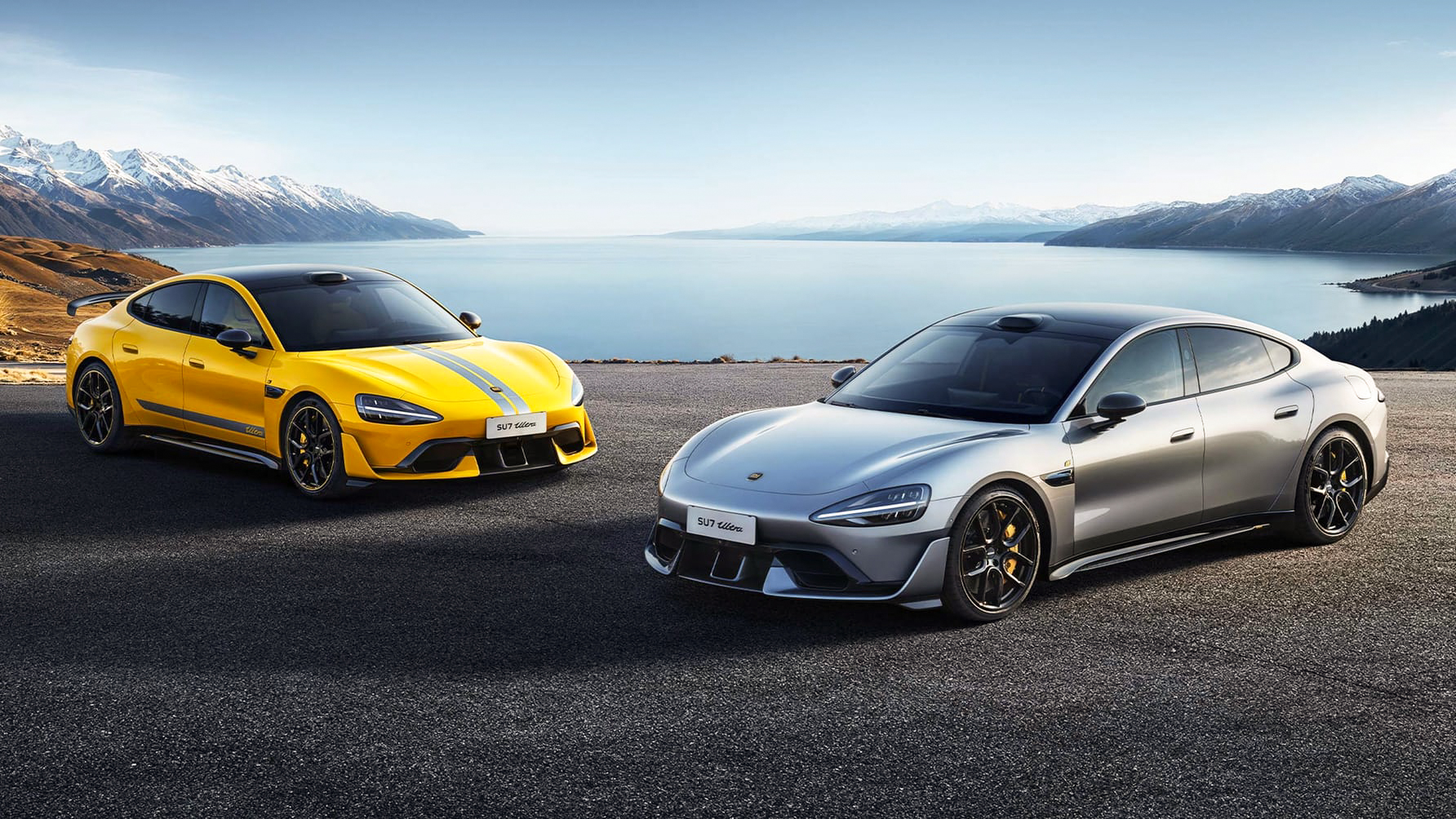 Xiaomi just revealed one of the most interesting EVs of the year
Xiaomi just revealed one of the most interesting EVs of the yearThe Xiaomi SU7 Ultra is a Chinese EV ready to take on Porsche and Tesla
By Alistair Charlton Published
-
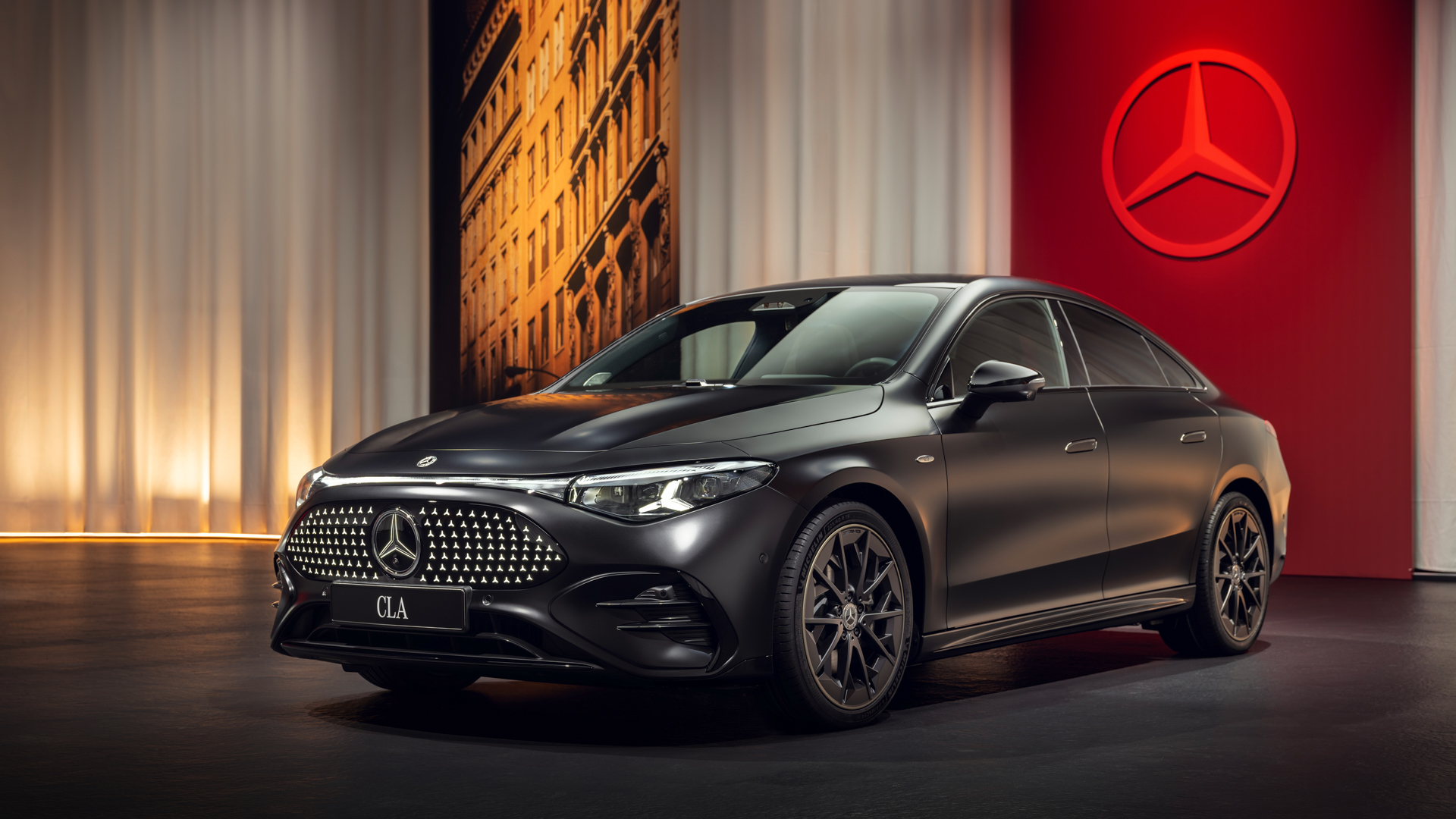 The all-new Mercedes-Benz CLA has AI so smart it wants to be your friend
The all-new Mercedes-Benz CLA has AI so smart it wants to be your friendMercedes’ second generation of electric cars has landed and it's a technology tour de force
By Alistair Charlton Published
-
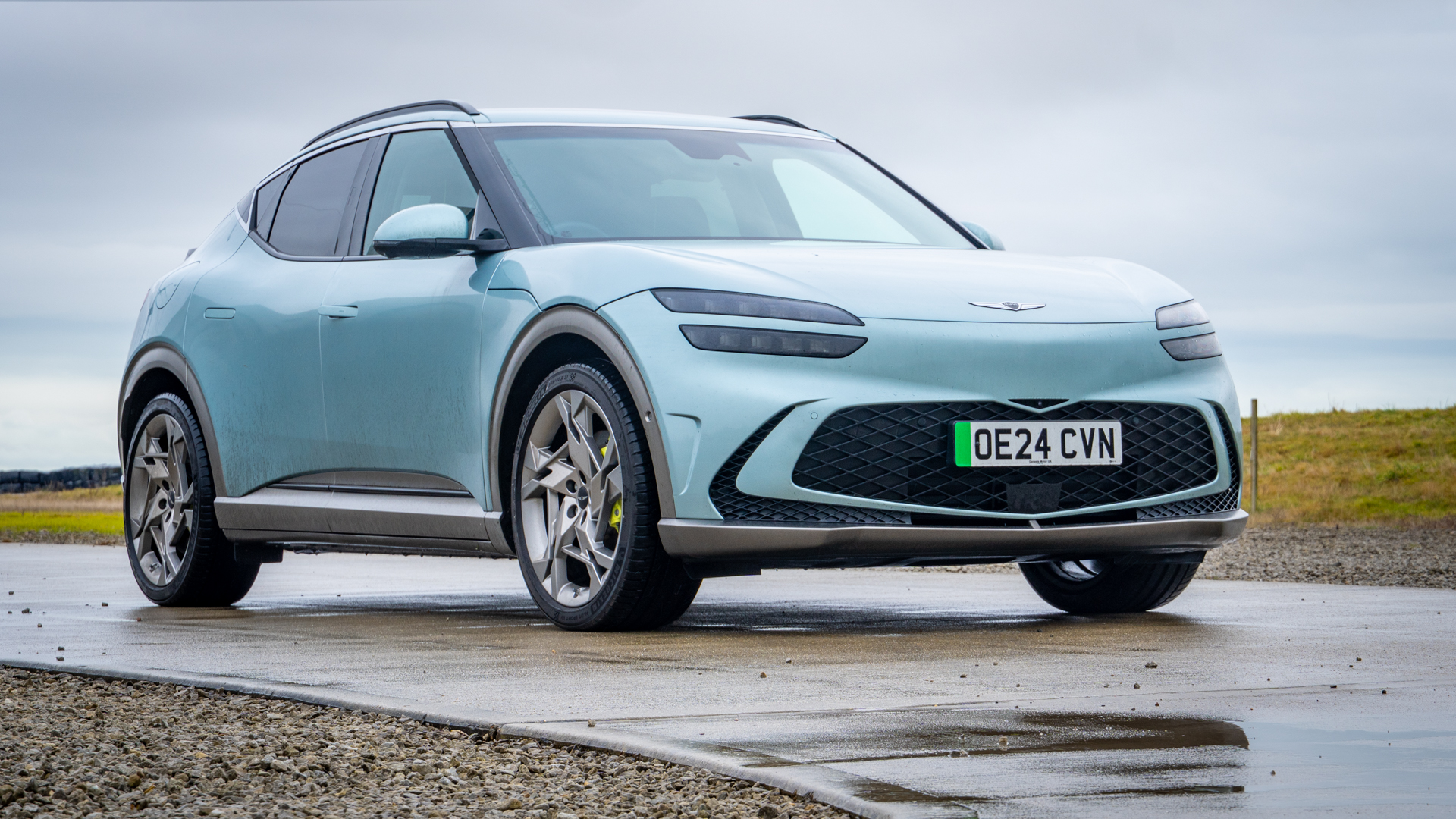 12 things I learnt driving this electric car for six months
12 things I learnt driving this electric car for six monthsHere’s what happened during six months and 4,000 miles with a Genesis GV60
By Alistair Charlton Published
-
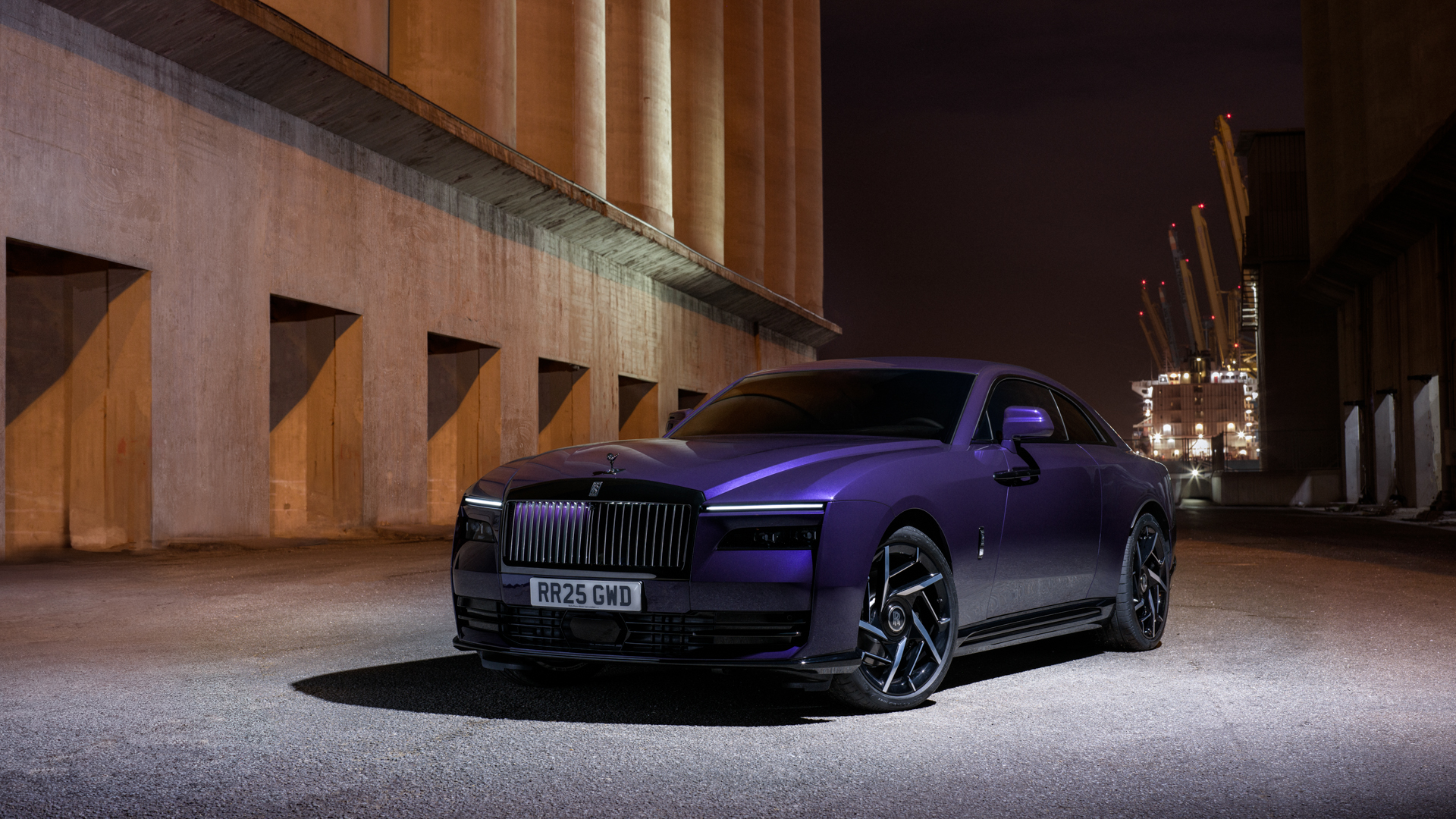 Rolls-Royce gives the electric Spectre a high-performance upgrade
Rolls-Royce gives the electric Spectre a high-performance upgradeThe new Black Badge Spectre is the most powerful Rolls-Royce ever
By Alistair Charlton Published
-
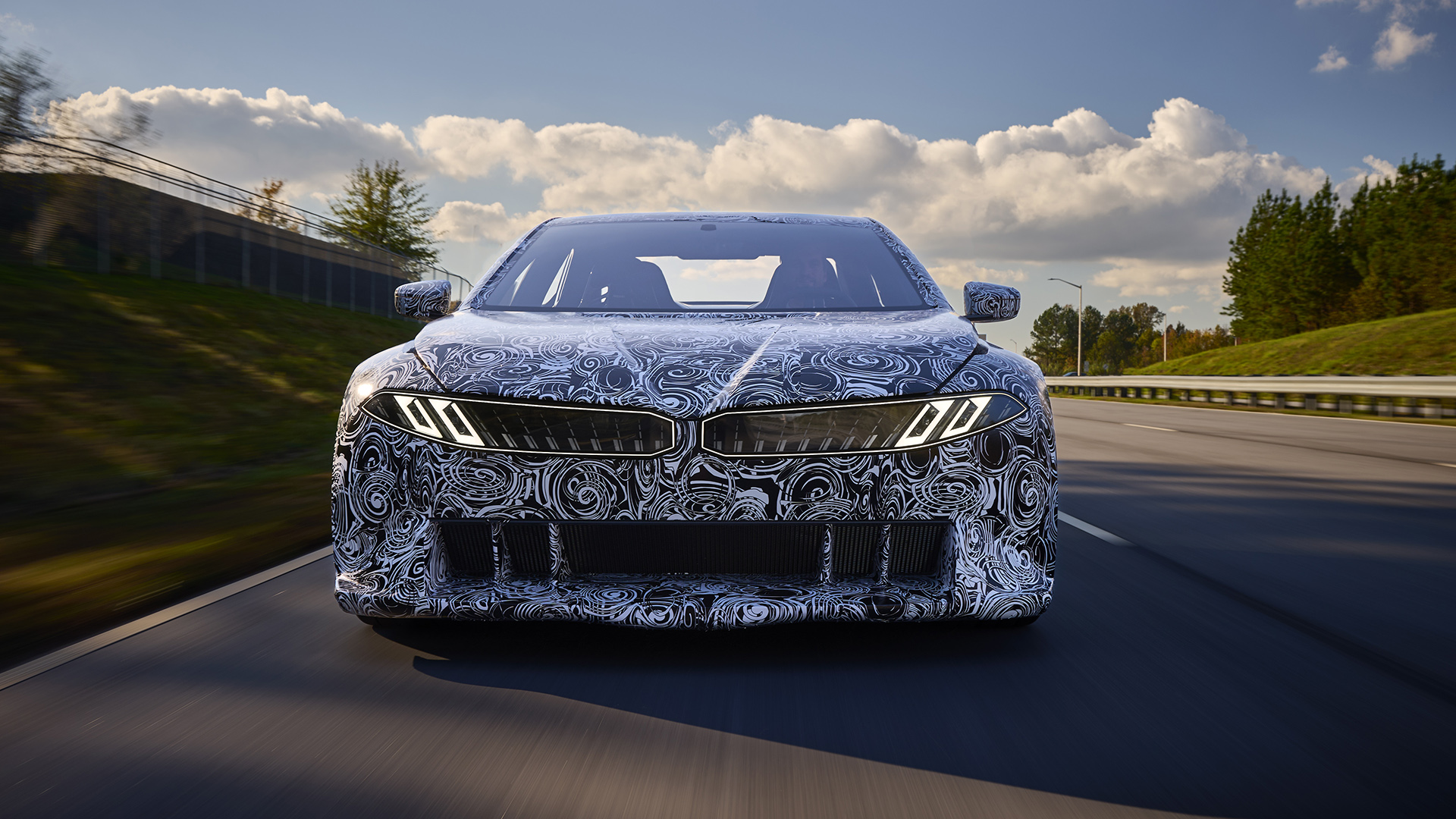 Forget Tesla, this is the most powerful EV I’ve tried by miles
Forget Tesla, this is the most powerful EV I’ve tried by milesThe BMW Vision Driving experience shows just how powerful EVs of the future could be
By Mat Gallagher Published
-
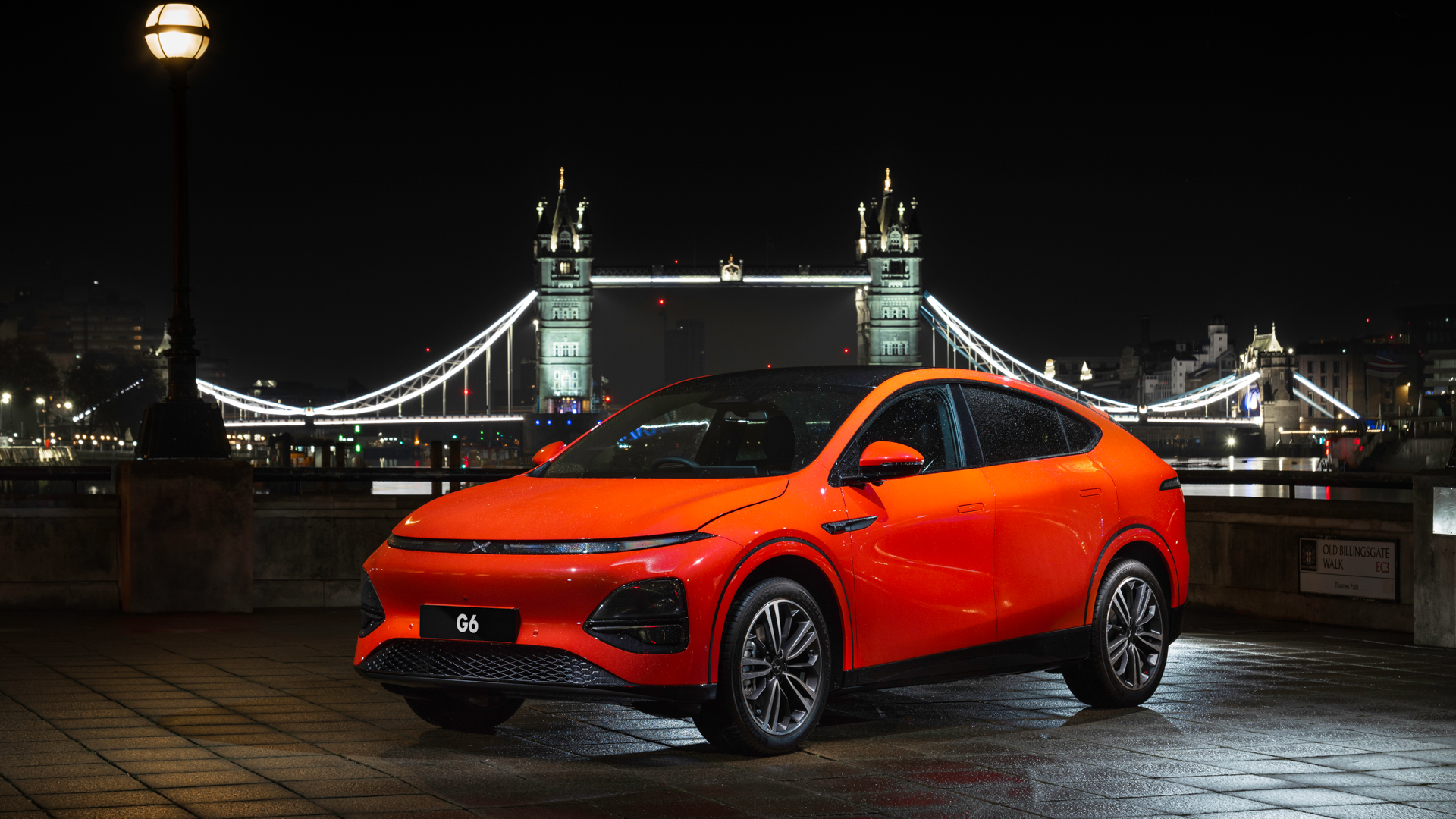 Still want that Tesla Model Y? Xpeng lands in UK with electric G6
Still want that Tesla Model Y? Xpeng lands in UK with electric G6Chinese Tesla rival Xpeng has launched in the UK with the £39,990 G6 SUV
By Alistair Charlton Published

